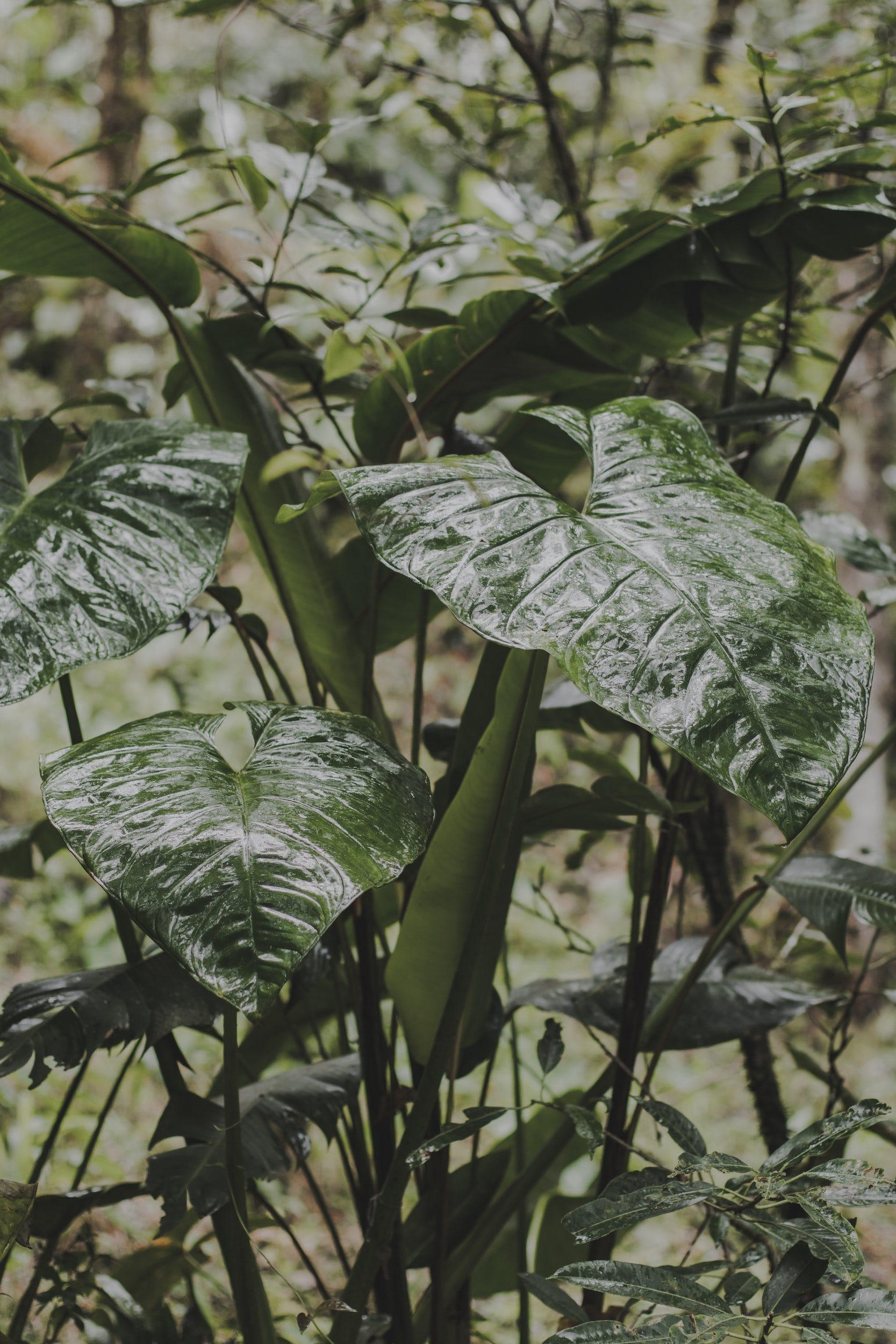Alocasia Polly Plant Care
This has been on top of the most popular houseplants for the past few years now. It adds a sculptural element to any spaces because of its majestic dark leaves. It is a true show stopper that adds such a dramatic element to any room.
Here are some easy to follow instructions that will help your gorgeous Alocacias thrive :
LIGHT: They thrive in medium to bright, indirect sunlight.
Be aware that they are not suited to low light nor direct sunlight which will burn their leaves.
WATER: They require weekly watering and frequent misting, their soil must be kept moist but not wet.
In winter cut back the watering slightly, allowing the top 2’ of soil to dry out between waterings to prevent overwatering and root rot.
Alocasia Pollys are not drought tolerant, and extended periods of dryness will cause leaf edges to brown.
TEMPERATURE:
The Alocasia Polly will thrive in temperatures ranging from 18-25ºC. Avoid abrupt temperature changes and cold drafts.
HUMIDITY:
They thrive in a humid environment, which you can create by misting it frequently, placing it close to other plants or on a pebble tray partly filled with water.
FERTILIZER:
Feed with general houseplant fertiliser monthly spring to summer.
TOXICITY:
Alocasias are toxic to both humans and pets.
DORMANT PERIOD:
When the winter gets closer and it's getting colder outside, your Alocasia Polly will start its dormancy period. This means different things for different plants, but for the Alocasia Polly it means that it will slow down it's growth and it might even stop growing altogether until the spring.
During this dormancy period, you should water your plant less and also fertilize your plant less. Your Polly won't need as much energy as it's not growing any more.
During this dormancy period, your Alocasia Polly might start to drop leaves. It might even drop all of its leaves. This doesn't mean your plant is dying, so you shouldn't throw it away.
Your Polly will start to grow leaves again in the early spring and should continue growing like nothing happened. This is just the natural lifecycle of this plant.
Read up on more dark and moody houseplants or return home






